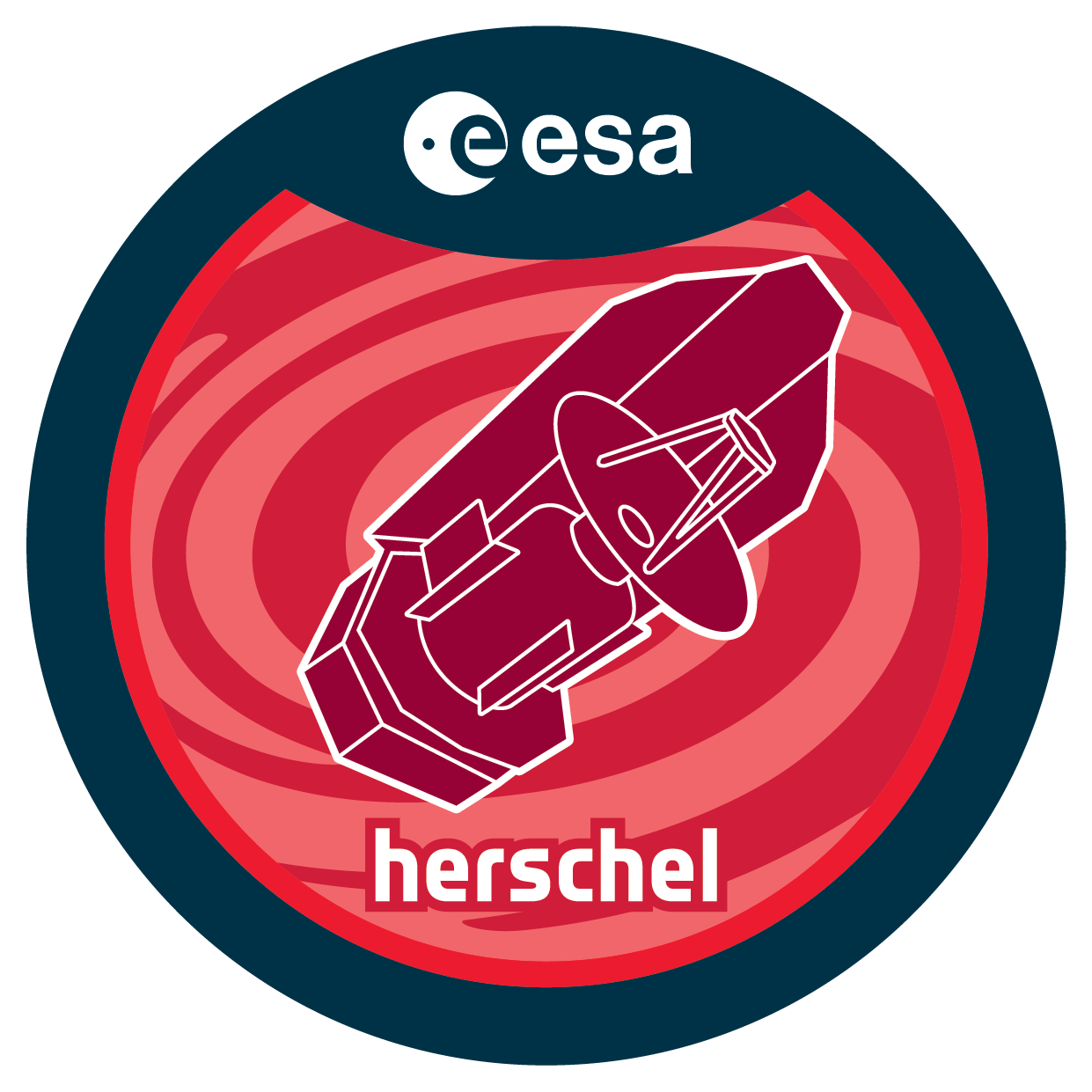| Description |
Despite IRAS, ISO and Spitzer, there is still much we do know about dust in galaxies, partly because of sensitivity limitations and partly because previous telescopes were insensitive to dust colder than about 15 K. Our knowledge is especially poor for ellipticals which have barelybeen detected by previous telescopes. As part of the SPIRE GT programme,we propose to obtain images at 250, 350 and 520 microns of a sample of 323 galaxies selected to be useful both for studying the dust in individualgalaxies and for drawing statistical conclusions about the role of dust in galaxies in general. The Herschel Reference Survey will be the first surveysensitive to all the dust in galaxies and which will detect dust in galaxies of all Hubble types. Apart from its legacy value, we intend to use the survey forthe following projects: 1) We will make a comprehensive study of dust along the Hubble sequence, investigating how the dust mass varies withHubble type. mass of stars, current star formation rate, past star formationrate, and the masses of molecular and atomic gas. 2) We will investigate within individual galaxies the connections between the star formation rate and the different phases of the ISM, from the nucleus to the HI outsidethe optical disk. 3) We will investigate how the mass and distribution of dust depend on a galaxys environment. 4) We will investigate whether there is an intergalactic dust cycle by looking for dusty halos, dusty superwinds and tidally-stripped dust around galaxies. 5) We will investigate the origin of dust in ellipticals, and the evolution of the galaxies themselves, by looking for dust disks and dust shells and by looking for correlations between the mass and distributionof the dust and the other properties of the galaxy. 6) We will measurethe local luminosity and dust-mass functions, which will be necessary to interpret the results of the deep surveys, another part of theproposed GT programme. The total time required for the survey is 112.6 hours. |

